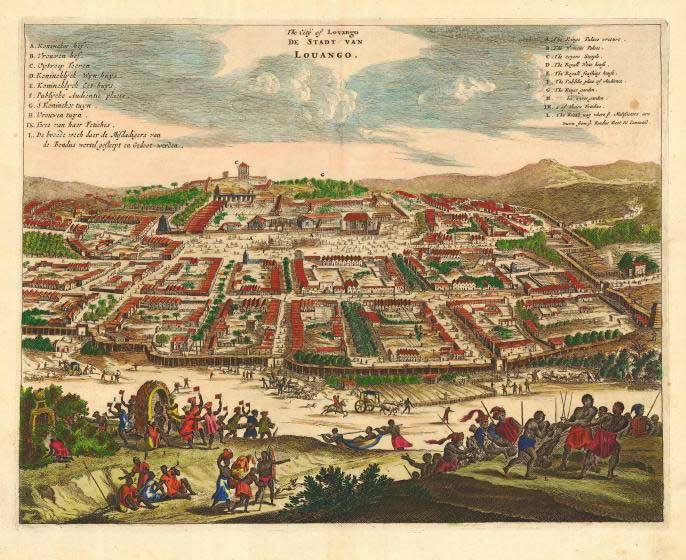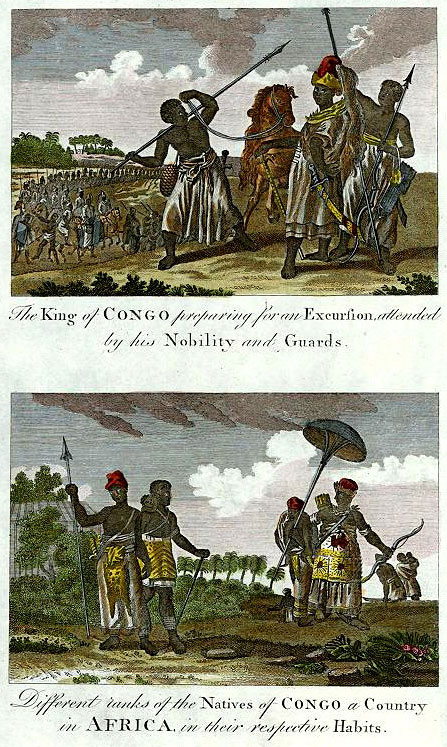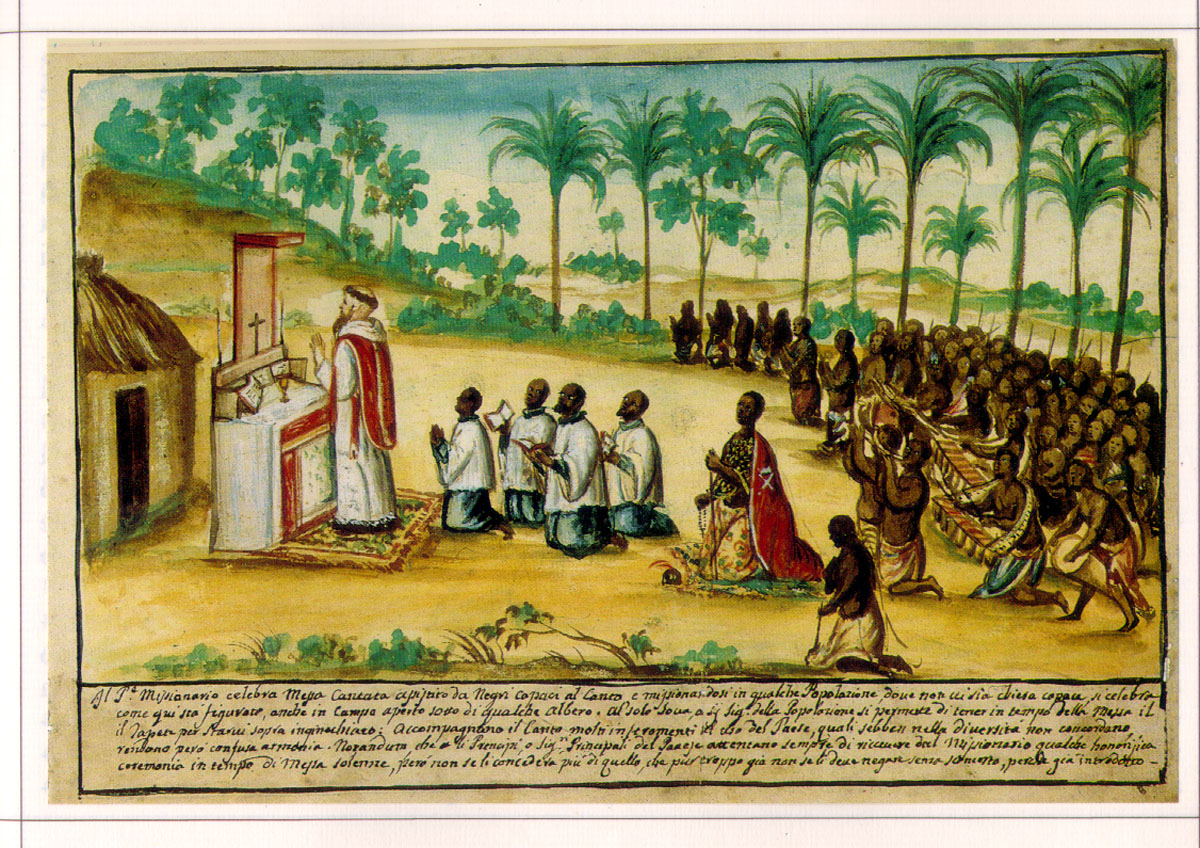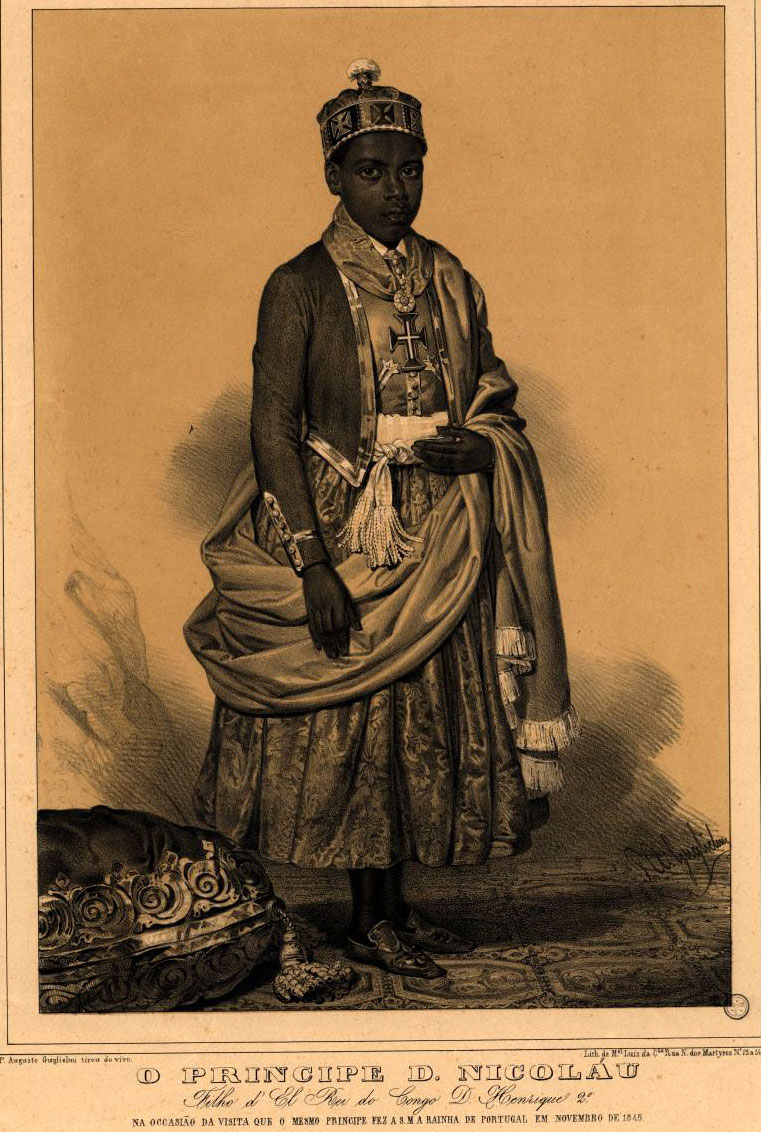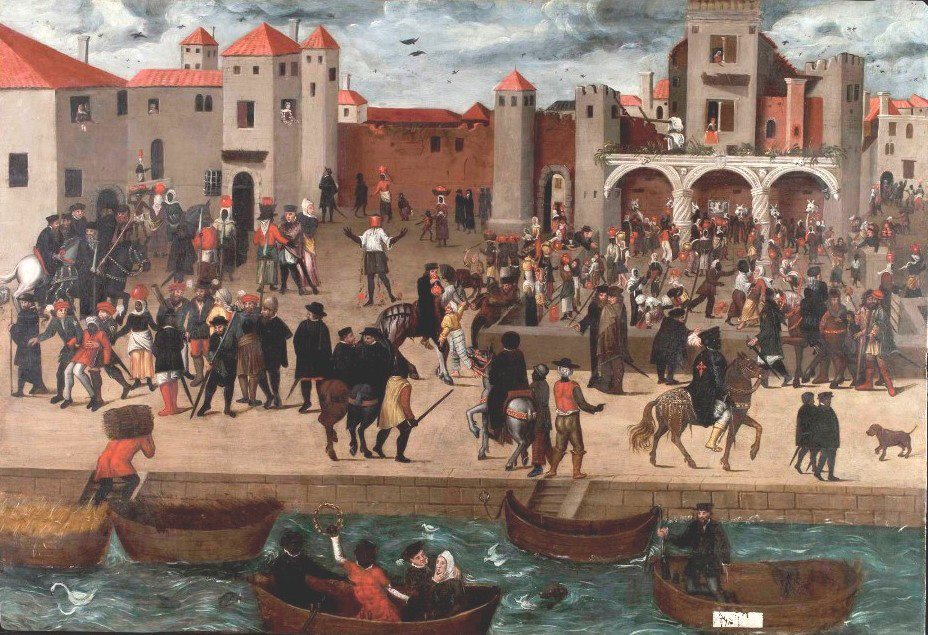This thread was inspired by @MansaMusa "Lets Talk Afro-Geopolitics" threads, but unlike his ones which are based on modern day African politics/events, these types will be focused pre-colonial African history that are not always touched base upon. Especially since certain people here like to claim we only focus on Ancient Egypt.
Anyways, I made this threads some years ago, but on another site. I feel that not only is the Kongo Kingdom underrated when it comes to African history, but Bantu people as a whole are underrated as far as their achievements goes. To me they're like the Slavs of Africa, like the Slavic people, people ignore Bantus and their history including even Africanist themselves... And when they don't they mostly focus on the Zulus.
Also, the Kongo Kingdom to me is underrated, because the people of that area not only resisted slavery more so than their Western African counterparts to a point where slavers stopped taking slaves from that area, but I hear that they willingly took trips to Brazil and Portugal as freemen, but also resisted the Portuguese for some time.
Anyways....
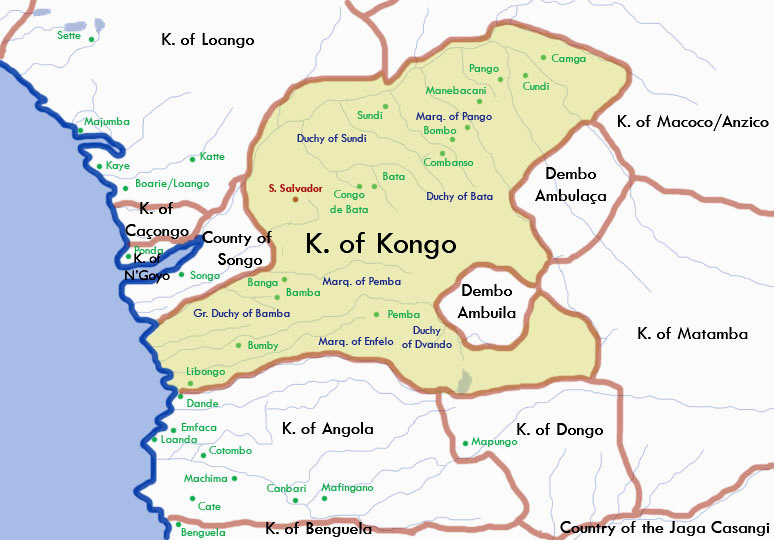
Kongolese Treasurers

17th century painting of the dutch painter Albert Eckhout showing two emissaries of the Kingdom of Kongo in Brazil holding the two main sources of wealth in west africa, an ivory tusk and a jewel box.
Kongolese Nobleman

17th century painting of the dutch painter Albert Eckhout showing the nobleman Don Miguel de Castro from the Kingdom of Kongo during a commercial trip to the portuguese colony of Brazil.
Kongolese King

Illustration showing the king Afonso I of Kongo, ruler of the Kingdom of Kongo in the first half of the 16th century. Afonso is best known for his vigorous attempt to convert Kongo to a Catholic country, by establishing the Roman Catholic Church in Kongo, providing for its financing from tax revenues, and creating schools. By 1516 there were over 1000 students in the royal school, and other schools were located in the provinces, eventually resulting in the development of a fully literate noble class.
Anyways, I made this threads some years ago, but on another site. I feel that not only is the Kongo Kingdom underrated when it comes to African history, but Bantu people as a whole are underrated as far as their achievements goes. To me they're like the Slavs of Africa, like the Slavic people, people ignore Bantus and their history including even Africanist themselves... And when they don't they mostly focus on the Zulus.
Also, the Kongo Kingdom to me is underrated, because the people of that area not only resisted slavery more so than their Western African counterparts to a point where slavers stopped taking slaves from that area, but I hear that they willingly took trips to Brazil and Portugal as freemen, but also resisted the Portuguese for some time.
Anyways....

Kongolese Treasurers

17th century painting of the dutch painter Albert Eckhout showing two emissaries of the Kingdom of Kongo in Brazil holding the two main sources of wealth in west africa, an ivory tusk and a jewel box.
Kongolese Nobleman

17th century painting of the dutch painter Albert Eckhout showing the nobleman Don Miguel de Castro from the Kingdom of Kongo during a commercial trip to the portuguese colony of Brazil.
Kongolese King

Illustration showing the king Afonso I of Kongo, ruler of the Kingdom of Kongo in the first half of the 16th century. Afonso is best known for his vigorous attempt to convert Kongo to a Catholic country, by establishing the Roman Catholic Church in Kongo, providing for its financing from tax revenues, and creating schools. By 1516 there were over 1000 students in the royal school, and other schools were located in the provinces, eventually resulting in the development of a fully literate noble class.
Last edited:



